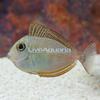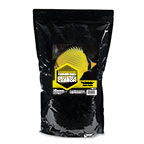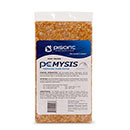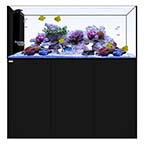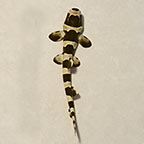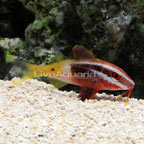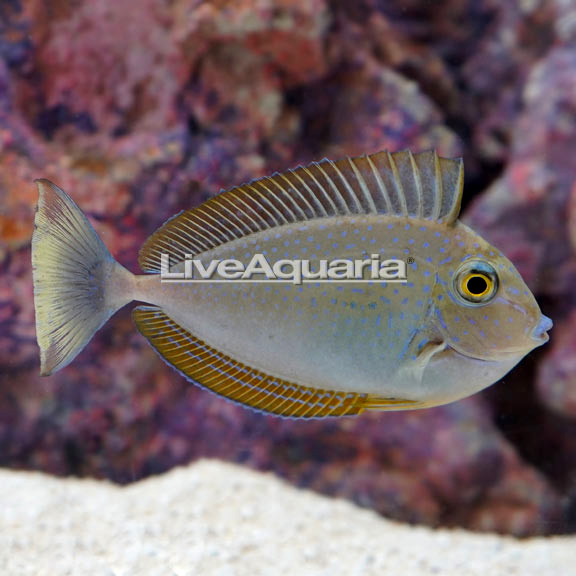
Additional locales and sizes may be available!
Additional locales and sizes may be available! Email me when availableQuick Stats
What do these Quick Stats mean? Click here for more information
What do these Quick Stats mean? Click here for more information
Overview
A 360 gallon or larger aquarium is necessary to provide plenty of swimming room and places to hide. The aquarium should have a tight-fitting lid to prevent the fish from jumping out to escape. It is aggressive toward other Tangs, but peaceful with other fish, and will not harm sessile invertebrates within the reef aquarium.
Although Tangs will eat meaty foods along with the other fish in the aquarium, it is important that they are offered plenty of marine based seaweed and algae. This will strengthen their immune system, reduce aggression and improve their overall health. Offer dried seaweed tied to a rock or use a veggie clip, and feed at least 3 times per week. Sea Veggies, Seaweed Salad and Ocean Nutrition are all ideal products and are very easy to use.
Approximate Purchase Size: Juvenile: Small: 1" to 3"; SubAdult: Medium: 3" to 4-1/2"; Adult: Large: 4-1/2" to 6-1/2"


